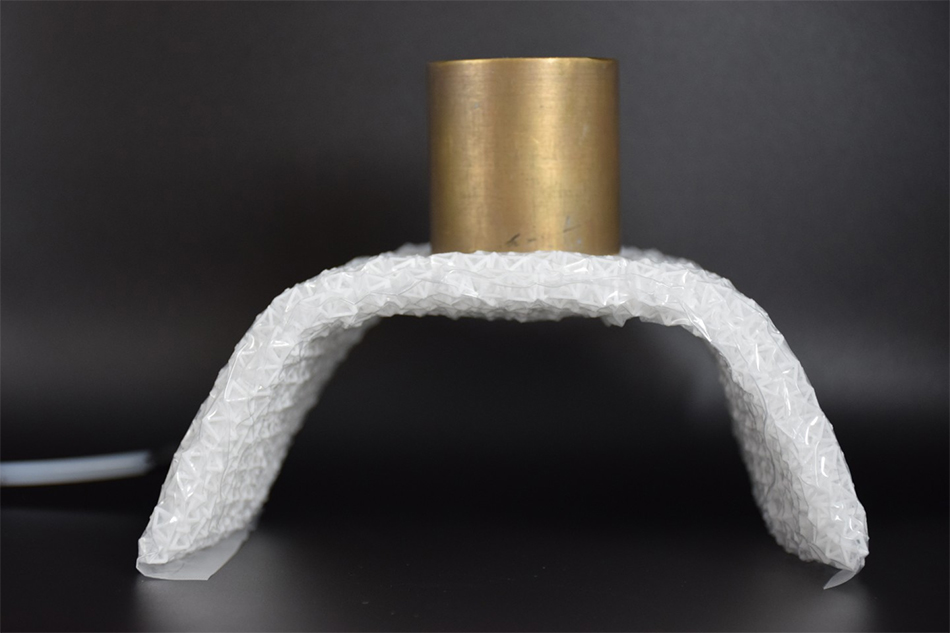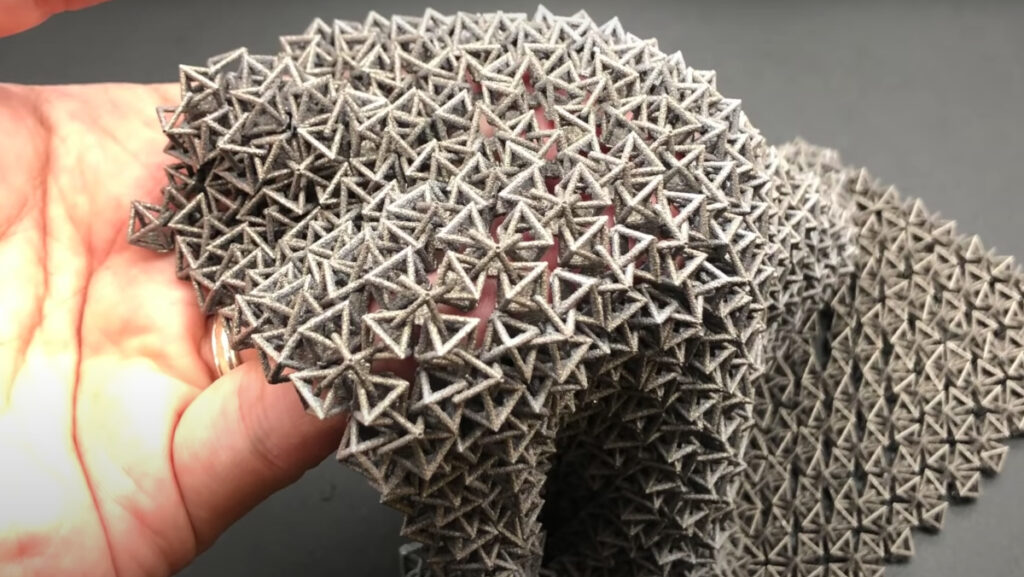New Fabric Inspired by Ancient Armor
If you have seen movies featuring knights of long ago, you’ll notice that they are wearing flexible armor. The material for the armor is called chain mail. The armor is made for interlinked metal rings that form a mesh pattern. It was a common armor used by the military between the 3rd century BC and 16th century AD. Chain mail was used in Europe, Asia, and North Africa.
Chain mail may have been used eons ago, but it is still around. For example, many stab-resistant body armors still use the materials. Likewise, many woodworkers and butchers have chain mail cut-resistant gloves. Divers and researchers are using shark-resistant wetsuits to defend them against shark bites.
The modern version of chain mail
Chain mail, based on its structure, moves almost fluidly. Generally, it does not stay rigid. In the armors of old, they are seen draping over the body of a soldier. But the modern version is different. From its fluid state, it can quickly turn into a sturdy state.
That is the research objective of the engineers at Caltech (California Institute of Technology) and Singapore’s NTU (Nanyang Technological University). They succeeded in developing a fabric inspired by chain mail. The fabric can turn from a fluid malleable material into a solid protective material when pressure is applied. What’s more, the fabric is very strong and can support 50 times its weight. With this property, the fabric can be made into temporary bridges or smart exoskeletons.
More than those properties, the researchers envision that the material can have more life-changing applications. For example, you can use it for a cast that adjusts as the patient heals from an injury. Surprisingly, it can be used as a temporary bridge you can throw over an obstacle to allow people to cross comfortably.
Trial and error
The research team intended to develop a fabric that can be controlled to go from foldable and soft to load-bearing and rigid. The research, published in the Nature journal, detailed how the team did trial and error using different materials and computer simulations. They used different chain mail fabric patterns and analyzed their properties.
They likened the tough state of the fabric to the way rice grains can become extremely hard when vacuum sealed. However, once you open the bag and air come in, the rice grains will flow like fluid out of the bag.
3D-printed material
The international research team developed the material using hundreds of 3D-printed hollow triangular shapes with eight sides. The material can be made from aluminum or plastic. By compressing the material into a plastic vacuum casing, they showed that the fabric could support a load over 50 times the weight of the fabric.

Potential applications
According to the researchers, the chain mail fabric has several potential applications as a smart wearable device. They see applications in home electronics, medical care, and the military. When the material is in its natural state, it is comfortable, compliant, and lightweight, making it easy to wear. When you apply pressure, the fabric becomes a protective and supportive layer for the wearer.
You can use small strips of the fabric to support the back of the wearer. Exoskeleton users can also use it as a load-bearing strip. In virtual reality sets, you can use the fabric to improve haptic feedback technologies. For example, running cables through a roll of the material can turn it into an instant bridge over a gorge or river. By tightening the cables, the triangular pieces will jam together to form a tough and rigid material.
This chain mail-like fabric indicates that it will be a good product when it becomes available. The technology will provide a product that is easy to carry and can be a lifesaver in different settings.
